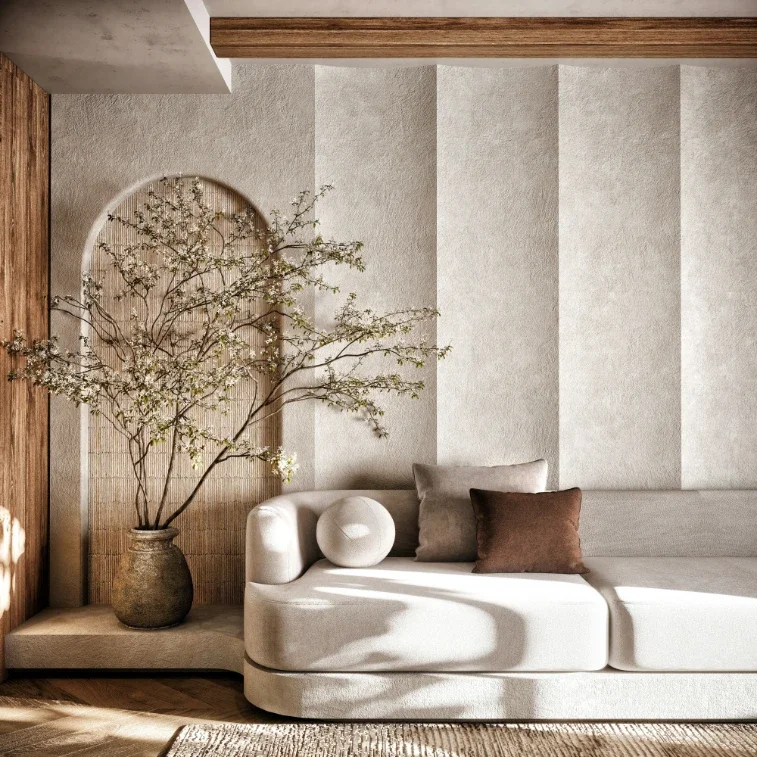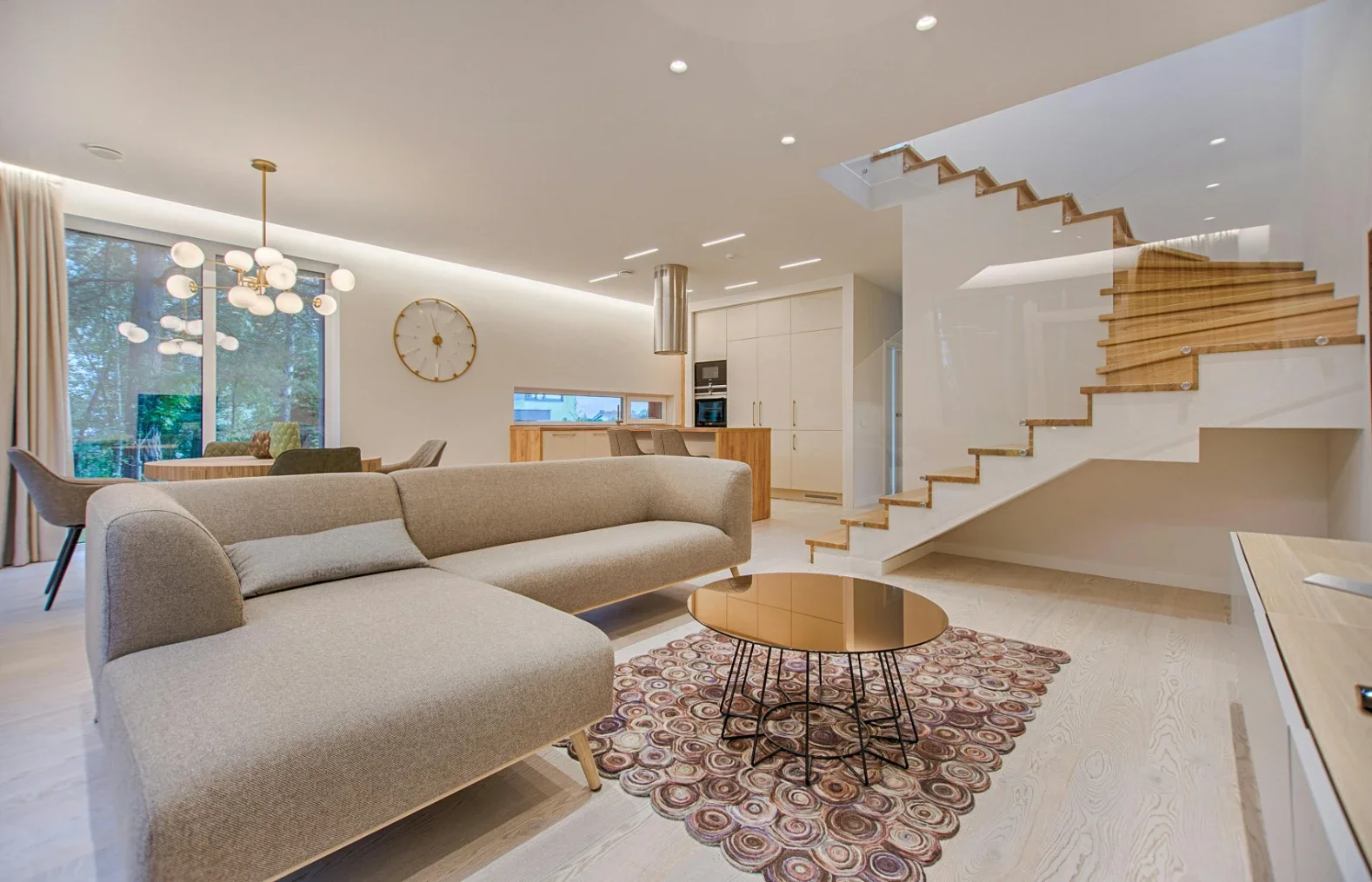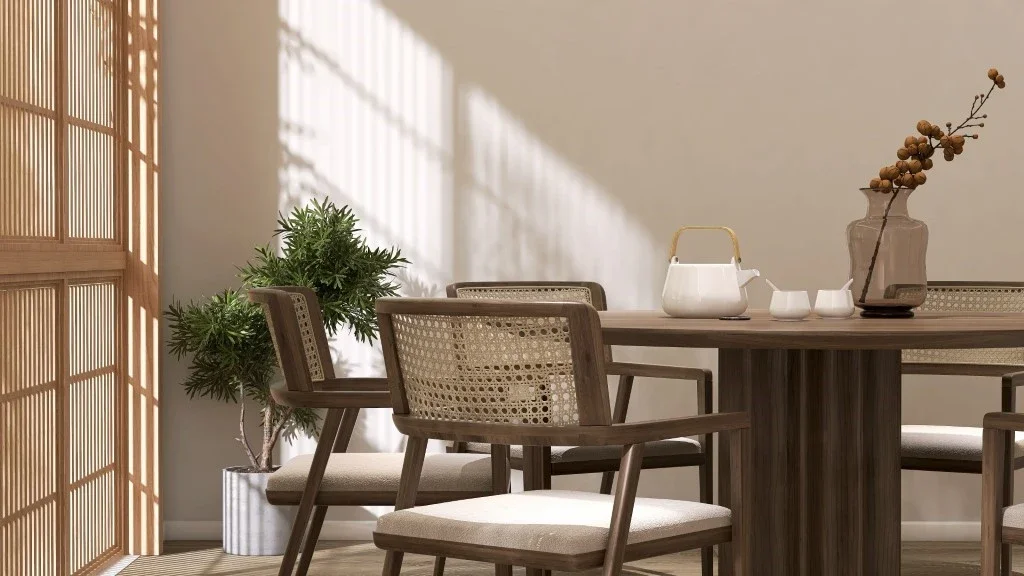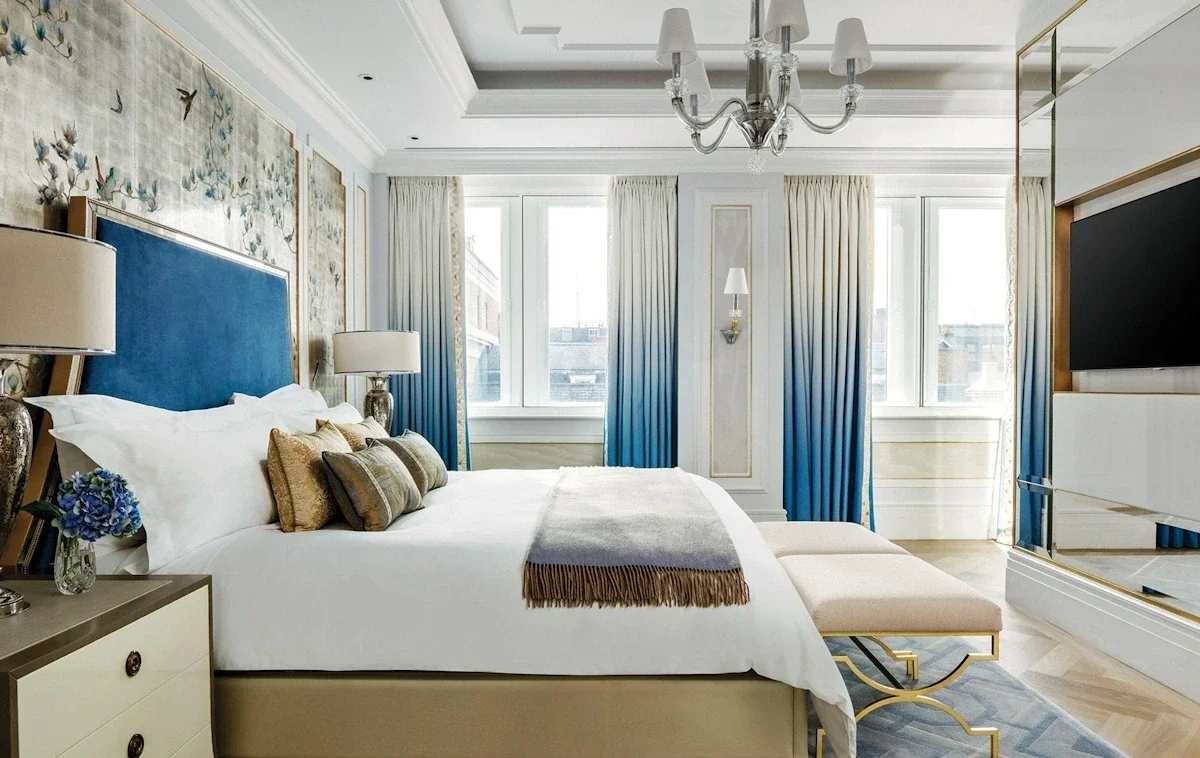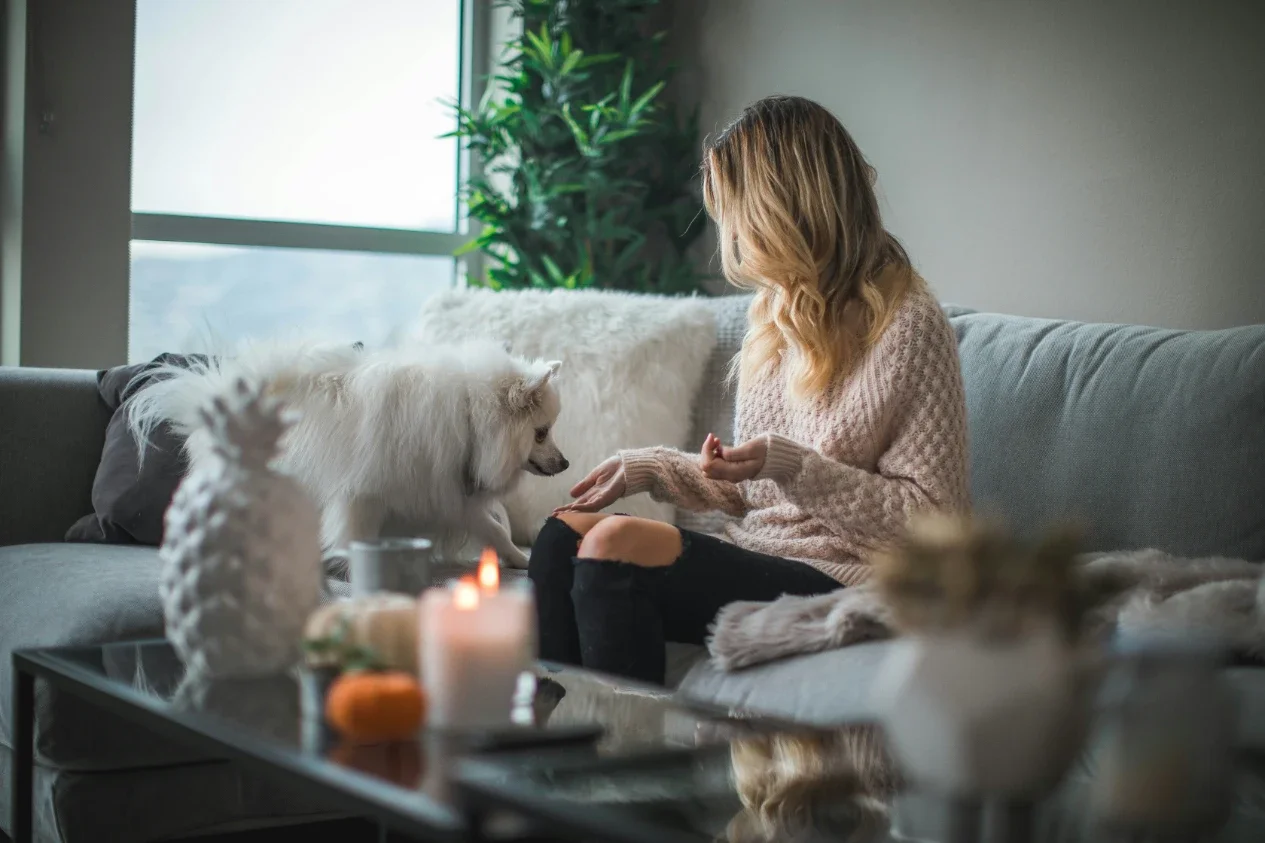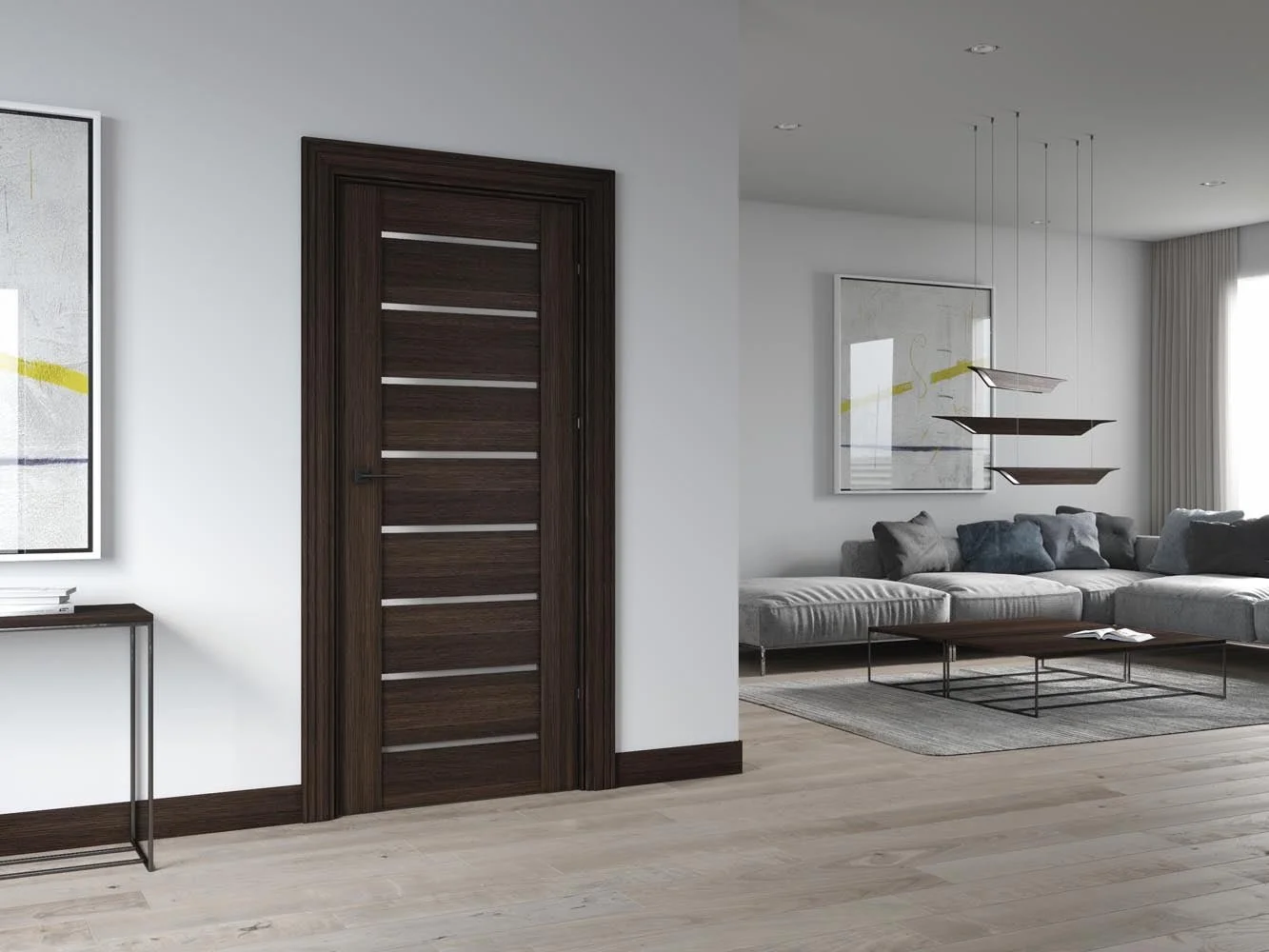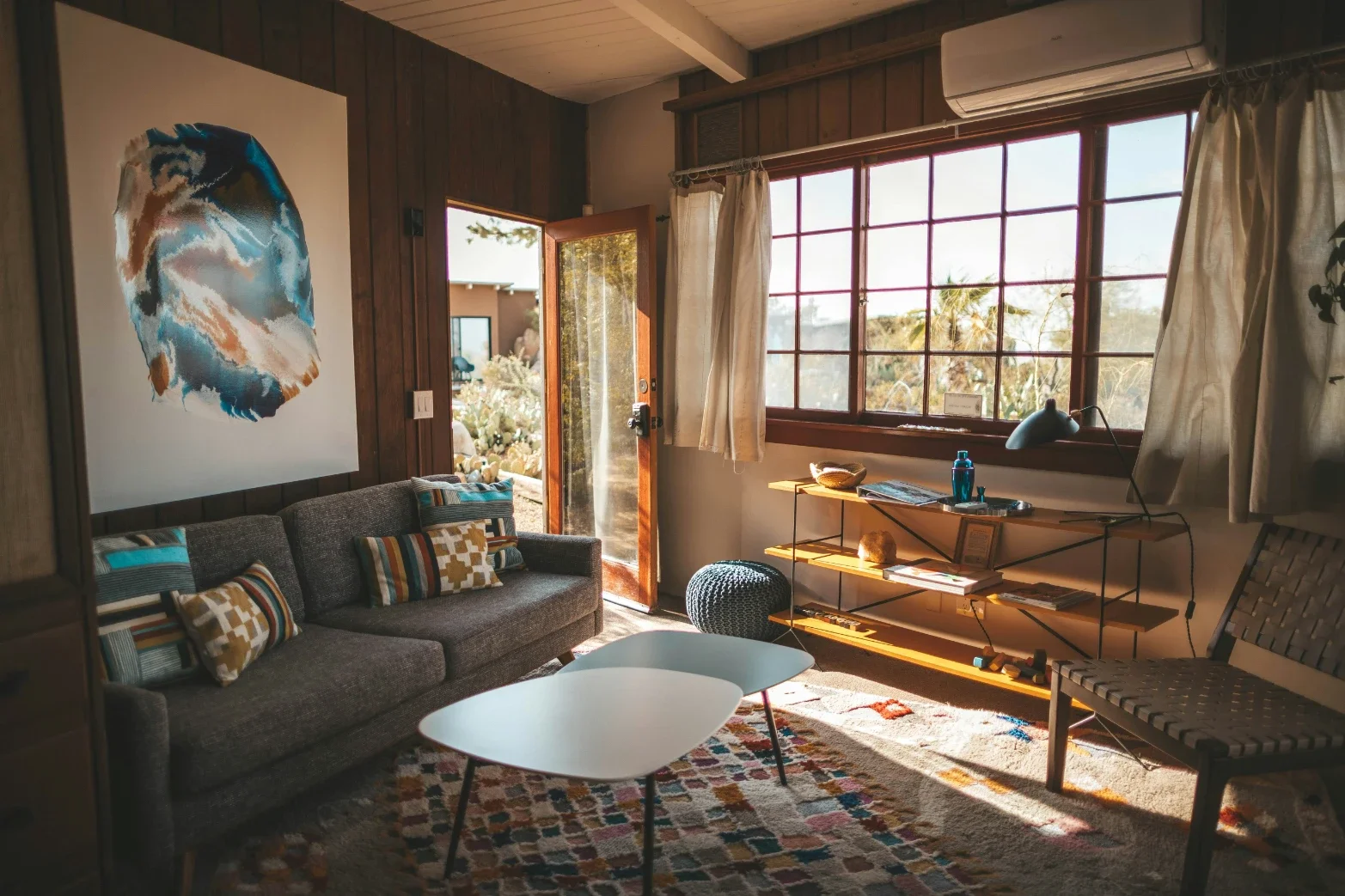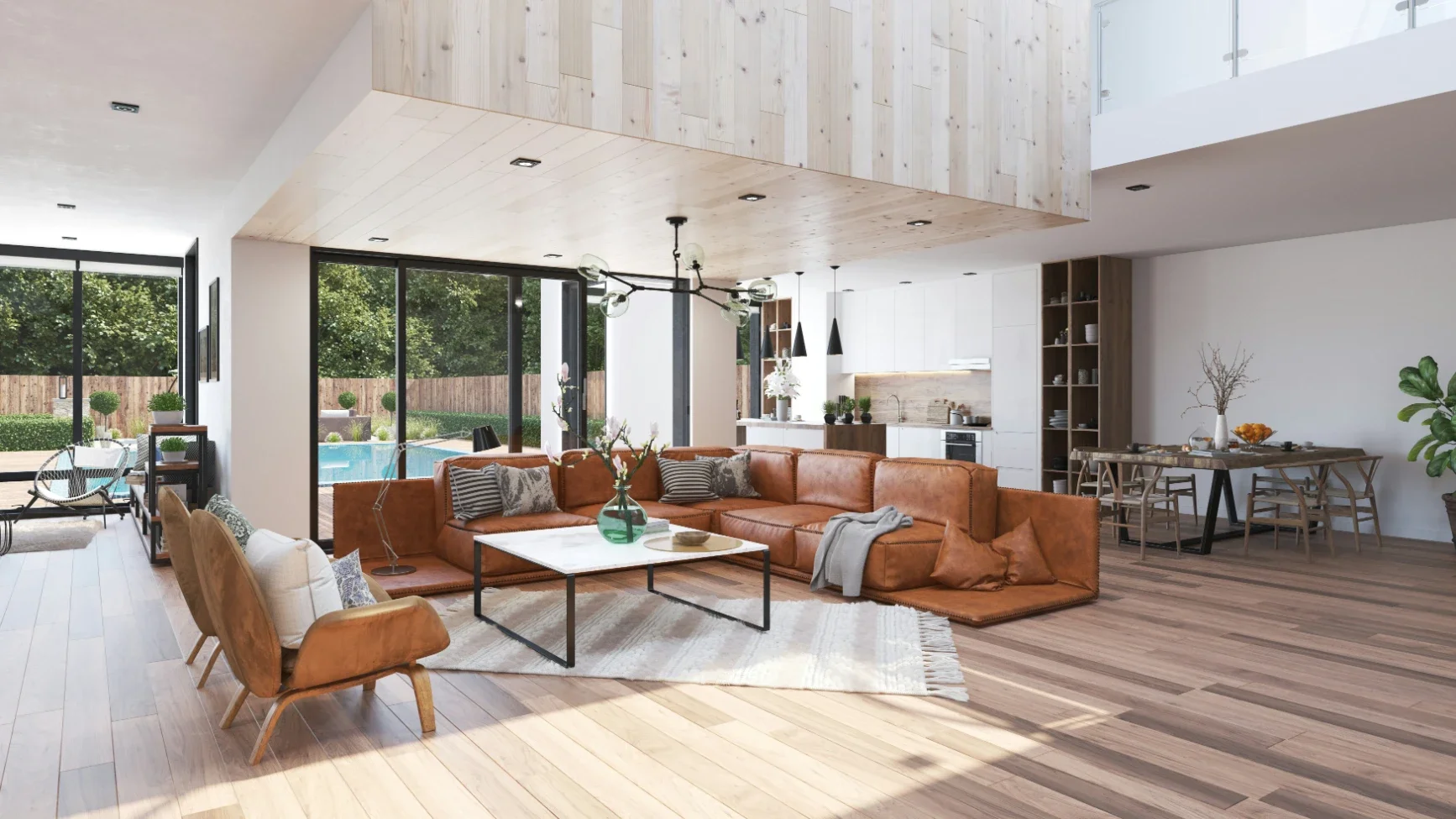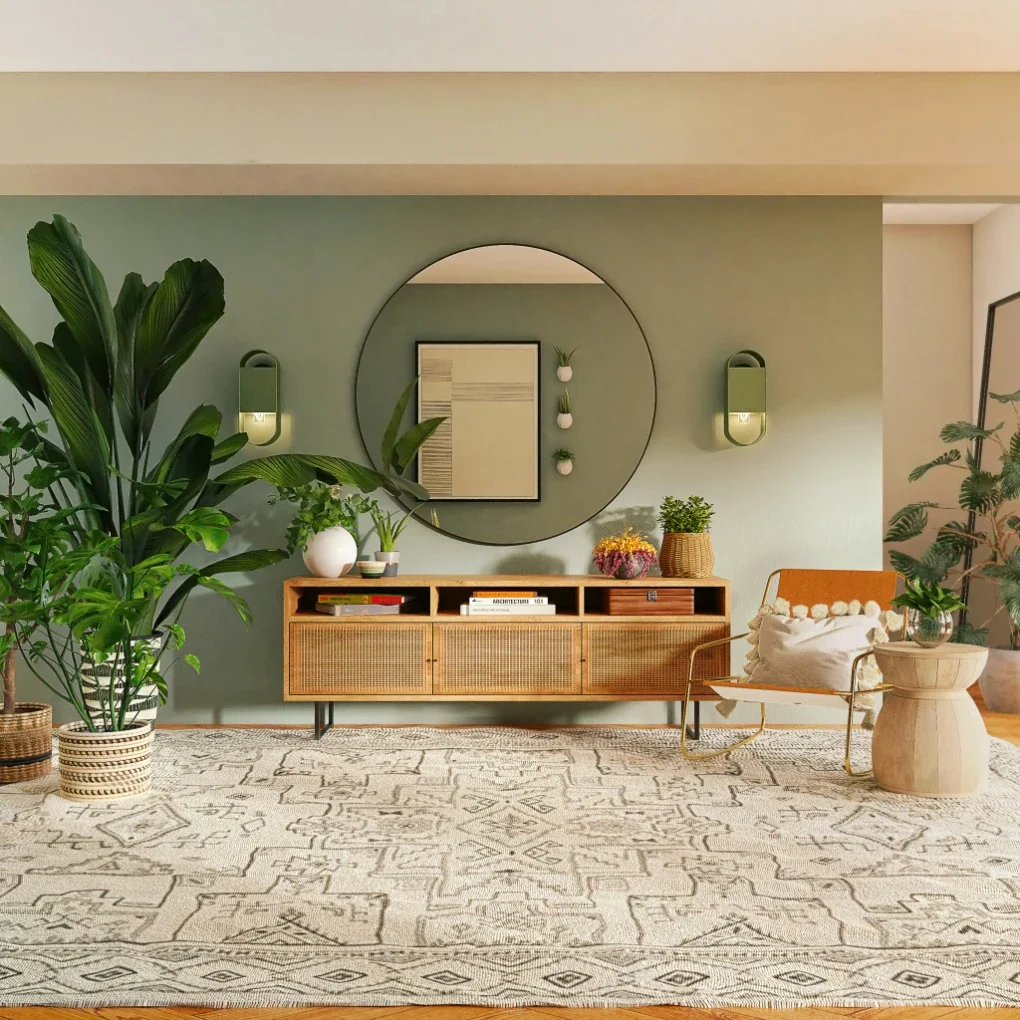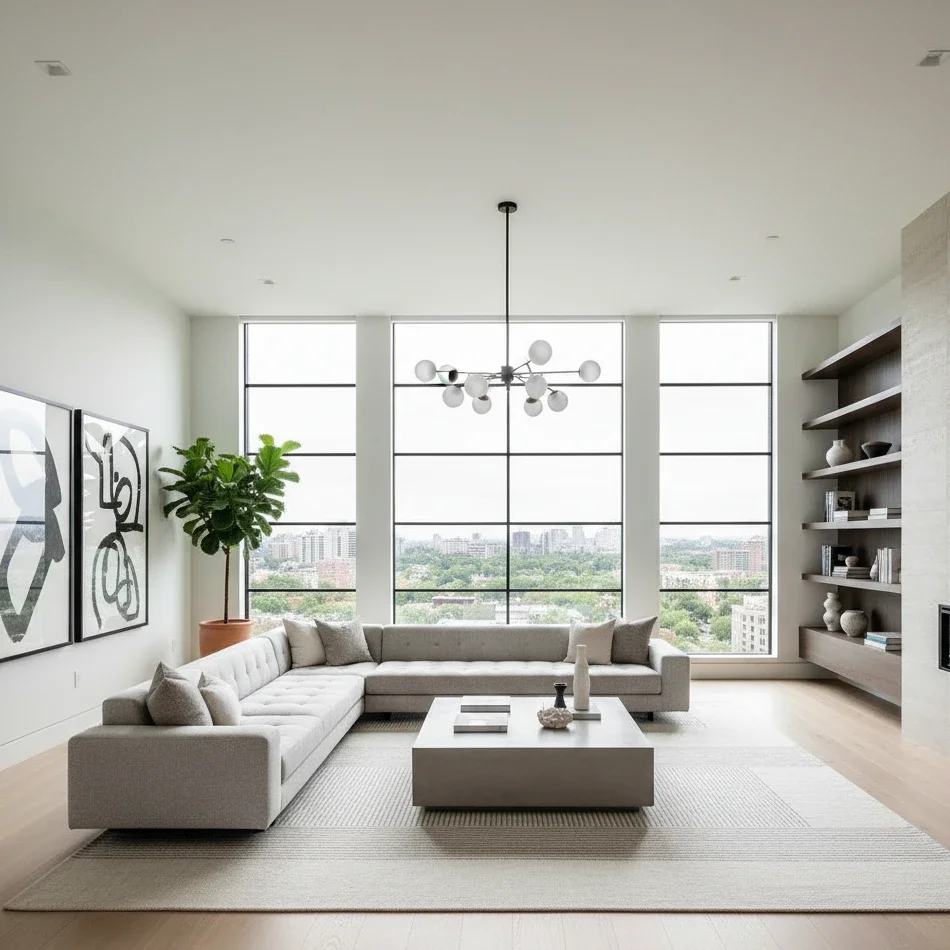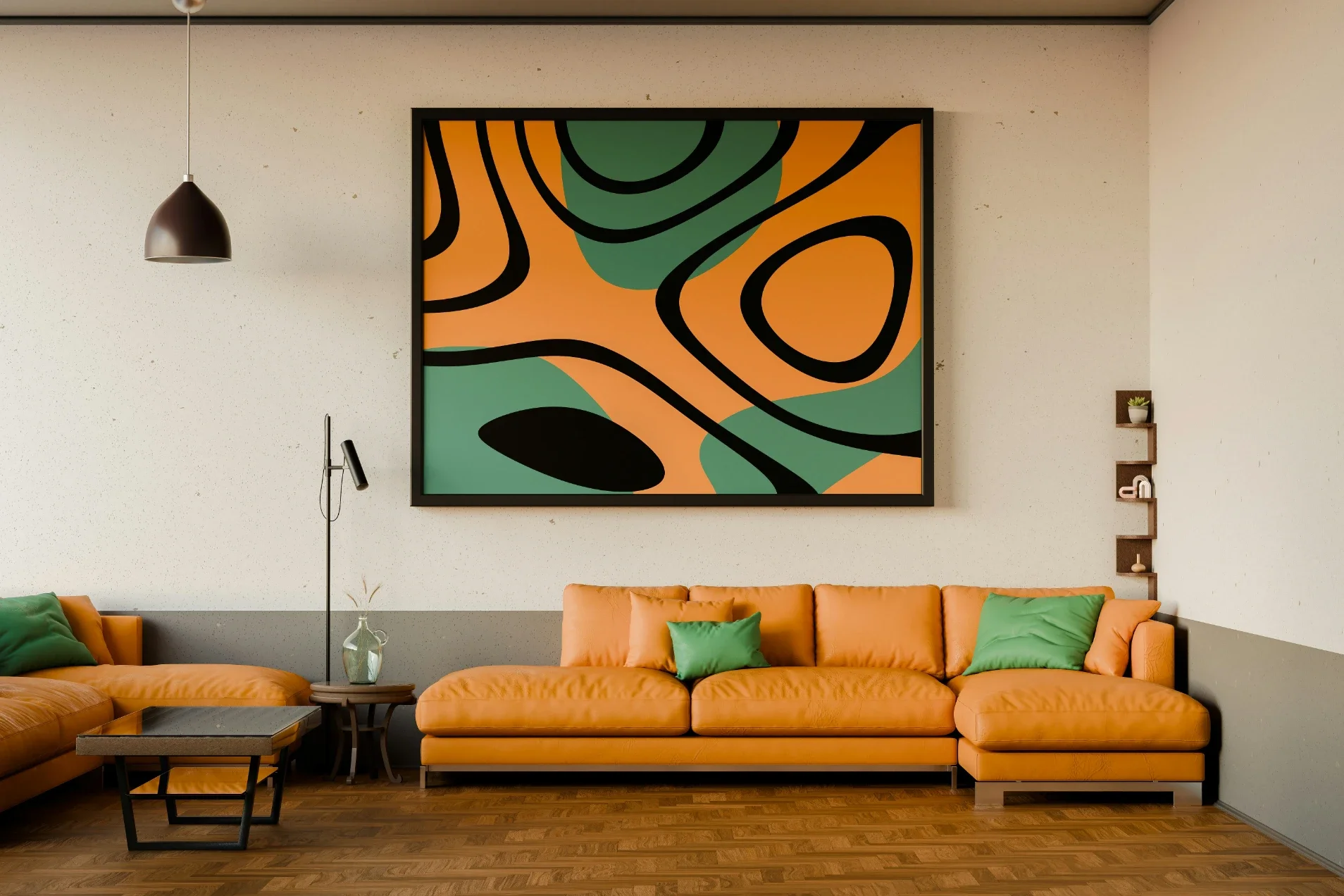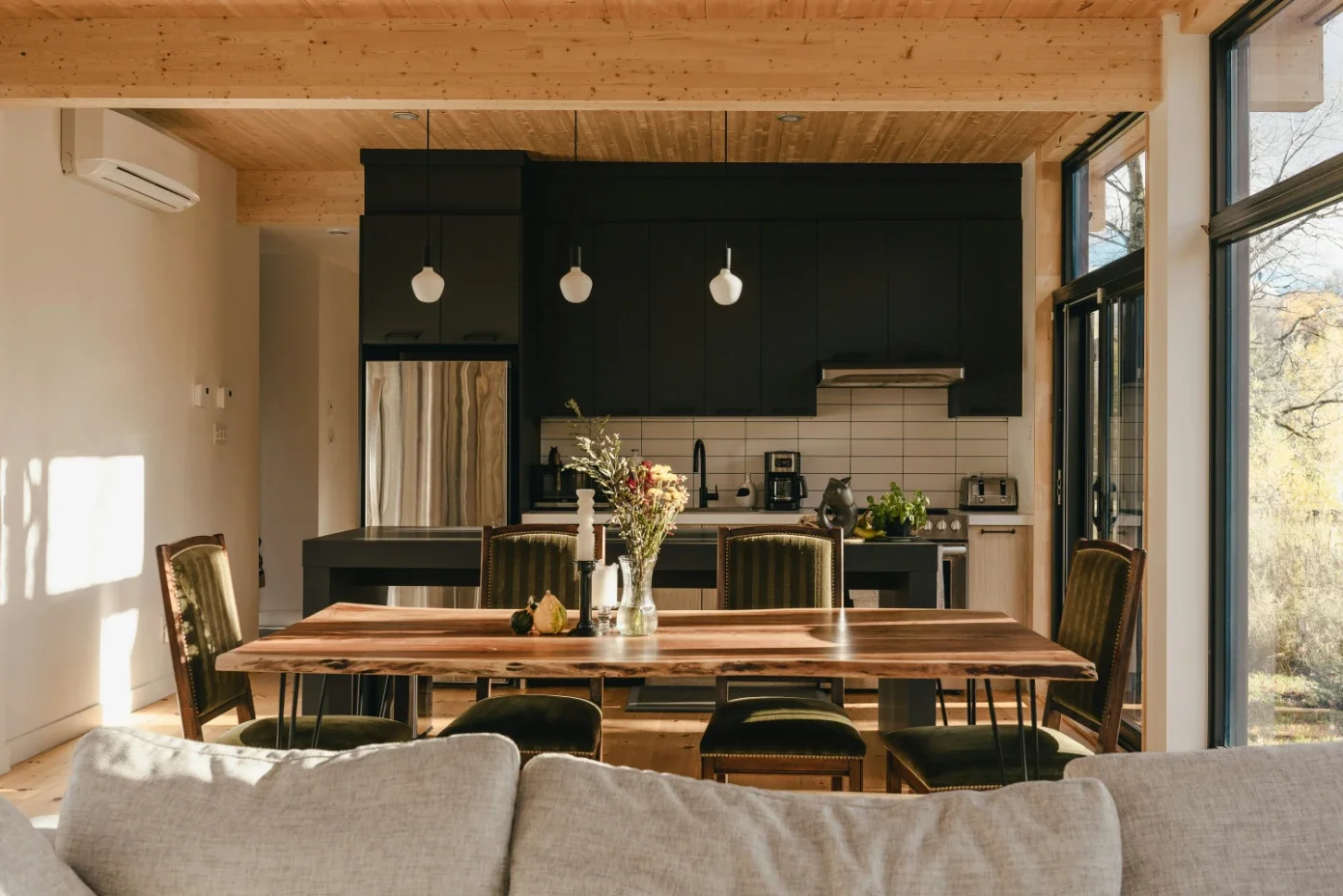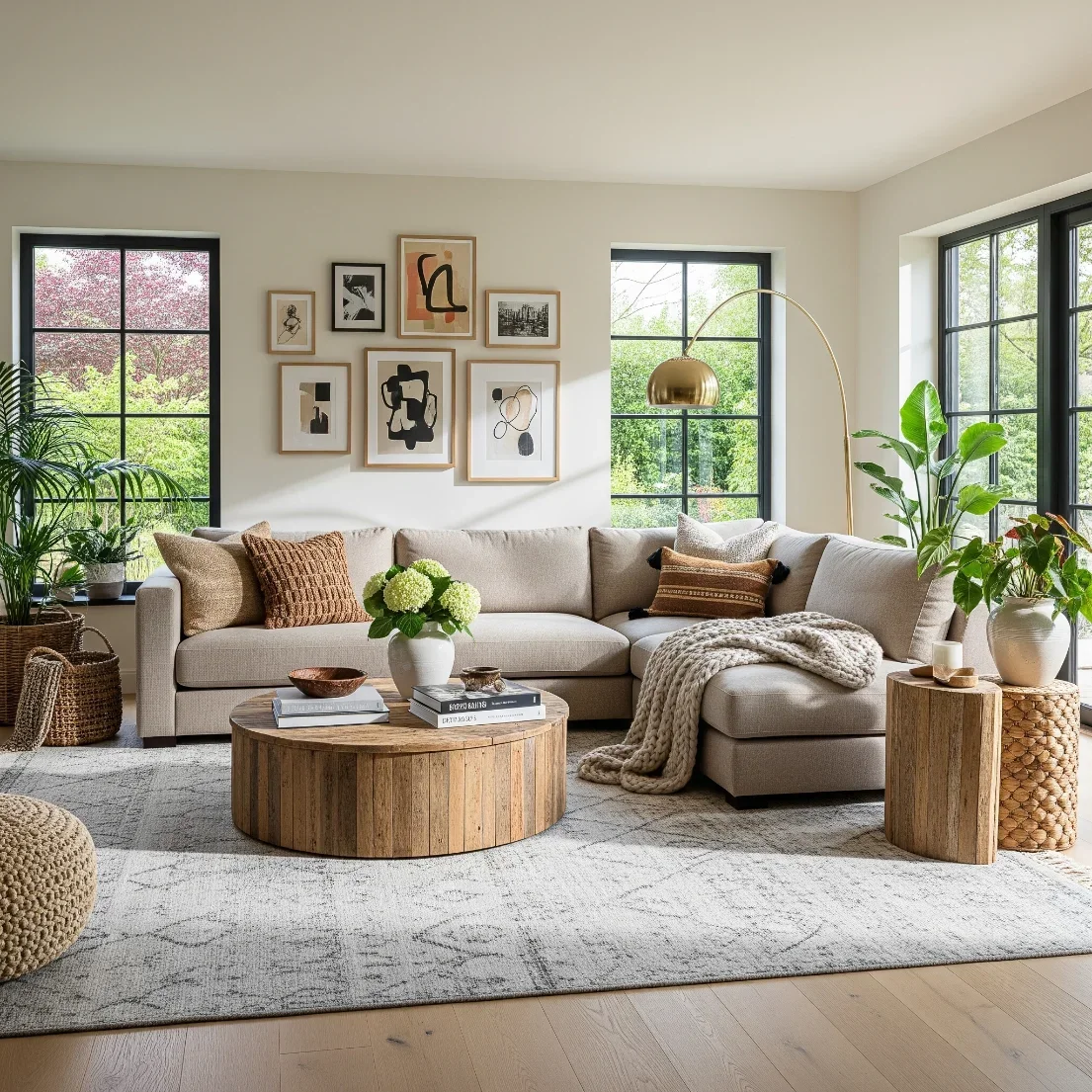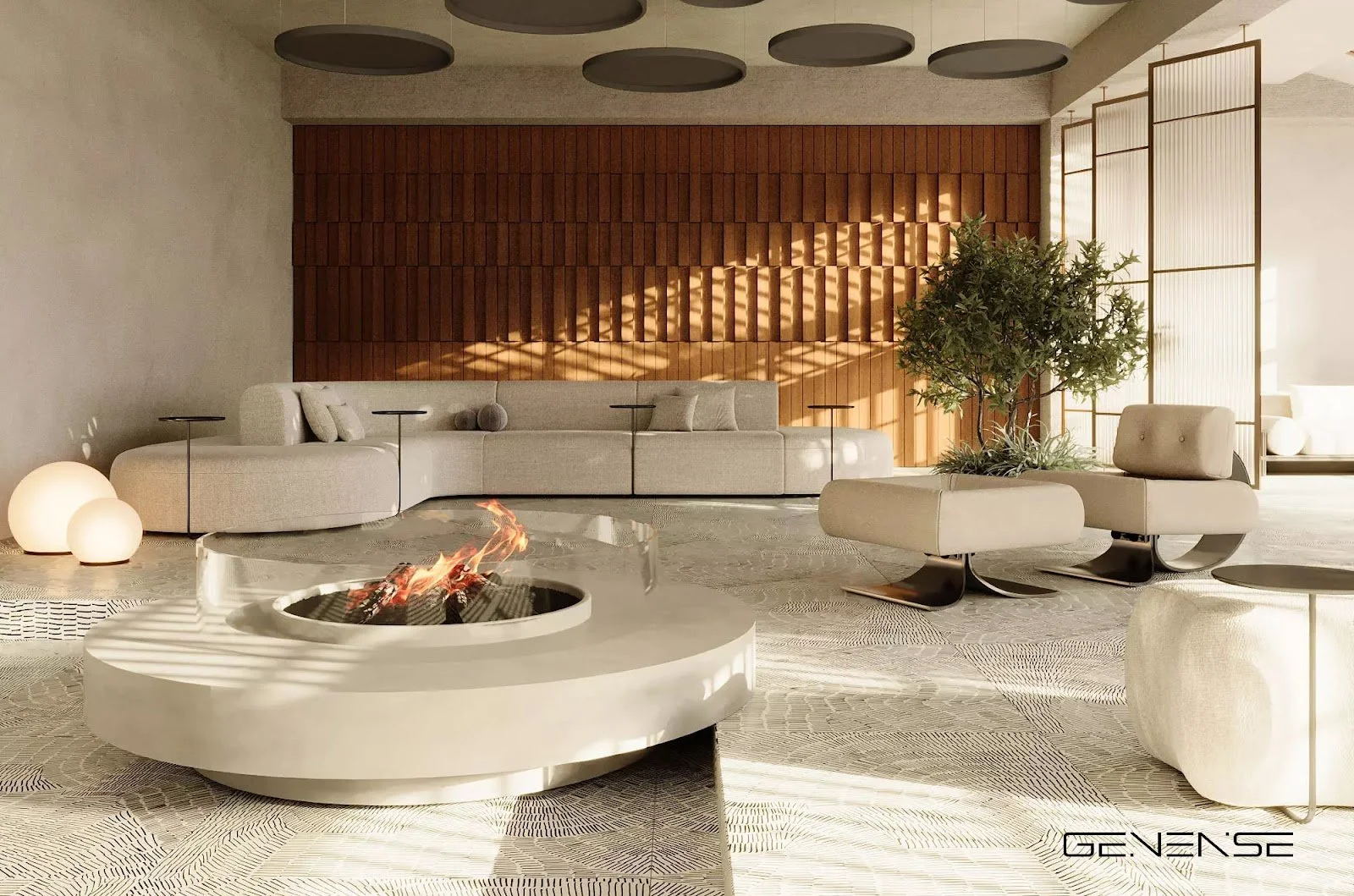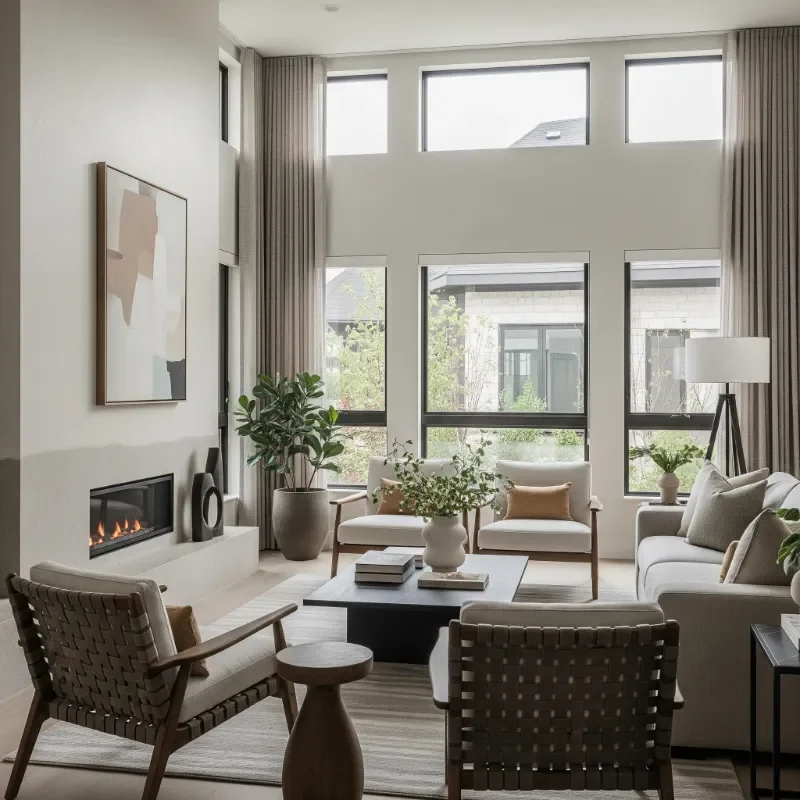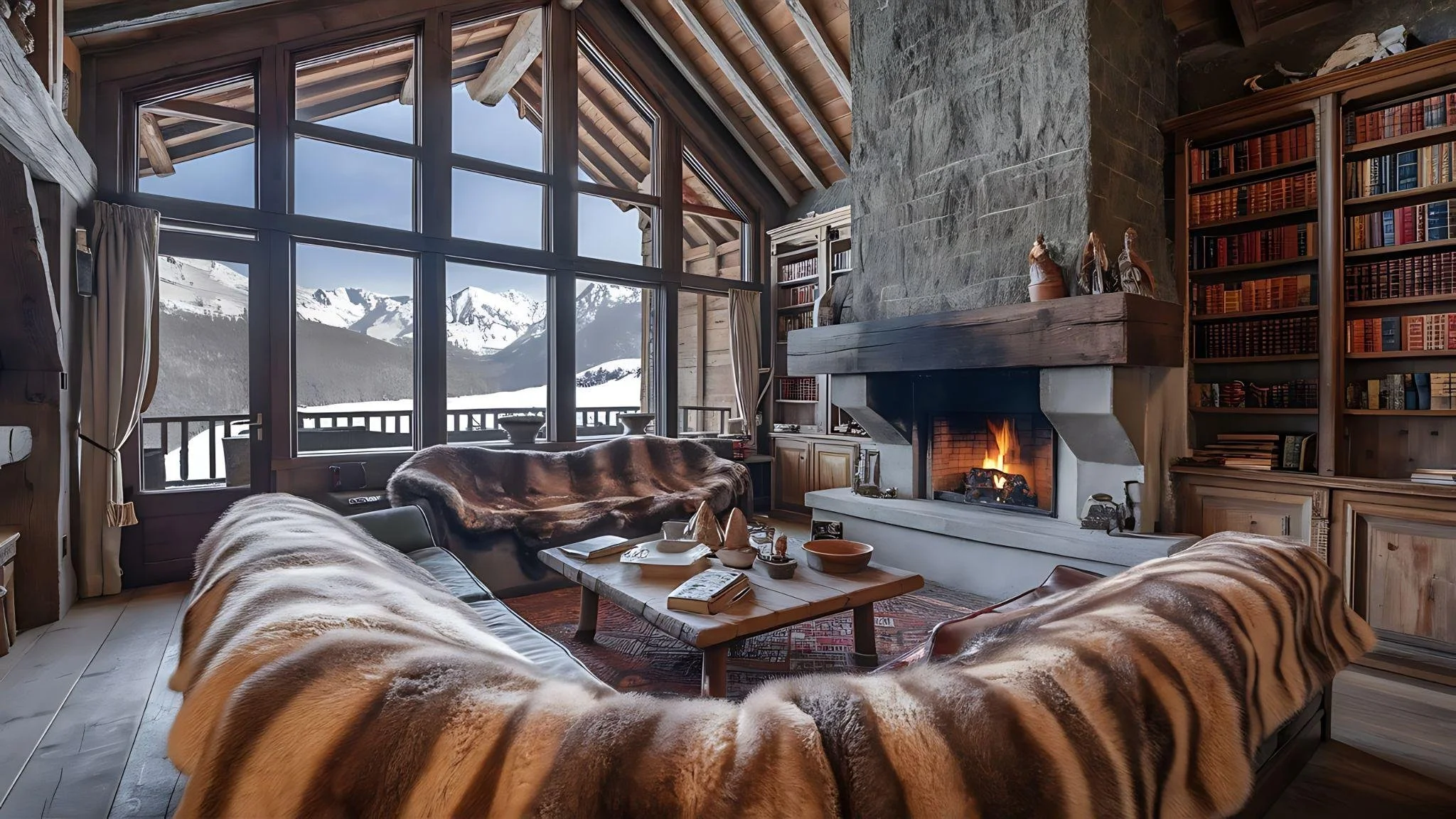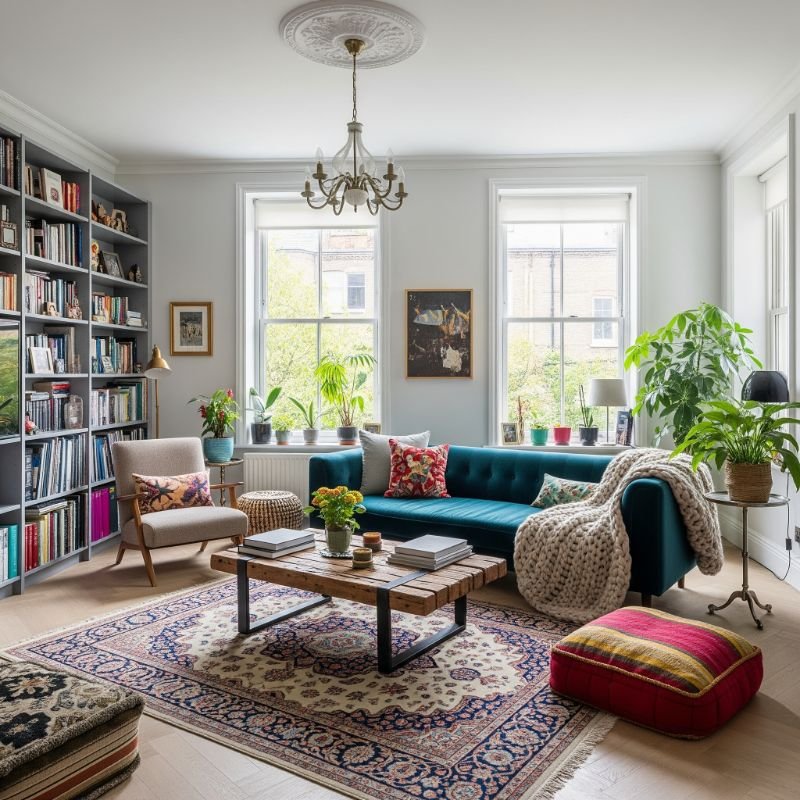Balancing Functionality and Aesthetics in Modern Interiors
Explore how to balance functionality and aesthetics in modern interiors. Discover design tips and strategies to create stylish, practical living spaces.
Balancing Functionality and Aesthetics in Modern Interiors
Creating a harmonious blend of functionality and aesthetics in modern interiors is a nuanced art. Modern living demands spaces that are not only visually appealing but also serve practical purposes.
This balance ensures that living spaces are both enjoyable and efficient. Here is a look into how one can achieve this equilibrium in interior design. This post also discusses how an interior design course can provide insights into achieving this balance through design principles and practical applications.
The Core of Functional Design
Functionality in interior design focuses on usability and efficiency. Every element within a space should have a purpose. When planning a room, consider how it will be used. For instance, a living room should accommodate seating for family and guests, with enough space for movement. Storage solutions like built-in cabinets or multipurpose furniture can keep the area clutter-free while providing ample storage.
Prioritising Space and Movement
Space and movement are critical in functional design. Furniture placement should allow for easy navigation. Avoid overcrowding by selecting pieces that fit the room's scale. For smaller spaces, opt for furniture that can be folded or stacked when not in use. This approach maintains an open and airy feel, essential for functionality and aesthetic appeal.
Integrating Technology Seamlessly
Incorporating technology in interiors enhances functionality. Smart home devices like lighting controls, thermostats, and security systems can be seamlessly integrated into the design. Choose devices with a minimalist design that complements the overall aesthetic of the space. This integration ensures that technology enhances the living experience without detracting from the room's beauty.
The Essence of Aesthetic Design
Aesthetics in interior design is about creating visually pleasing environments. It involves the careful selection of colours, textures, and materials to create harmony and evoke certain feelings.
Colour Schemes and Mood
Colours play a significant role in setting the mood of a room. Neutral palettes can create a calm and sophisticated atmosphere, while bold colours add energy and vibrancy. When choosing colours, consider the function of the space. For example, calming blues and greens work well in bedrooms, promoting relaxation and rest. On the other hand, living areas can benefit from warmer tones that invite conversation and social interaction.
Textures and Materials
Textures and materials add depth and interest to a room. Combining different textures, such as smooth leather, rough wood, and soft fabrics, can create a rich and inviting environment. Similarly, the choice of materials impacts the room's aesthetic and functionality. Durable materials like stone and hardwood are ideal for high-traffic areas, while softer materials like velvet and silk add luxury and comfort to more private spaces.
Balance and Harmony
Achieving a balanced design involves the careful arrangement of elements. Symmetry can provide a sense of order and tranquillity, while asymmetry adds dynamism and interest. Consider the visual weight of objects and distribute them evenly throughout the space. For example, a large sofa can be balanced with a substantial coffee table and accented with smaller, lighter pieces.
The Intersection of Functionality and Aesthetics
The true challenge in interior design lies in merging functionality with aesthetics. This intersection ensures that spaces are not only beautiful but also practical.
Multifunctional Furniture
Multifunctional furniture is a perfect example of this balance. Items like sofa beds, extendable dining tables, and storage ottomans serve dual purposes, maximising utility without sacrificing style. These pieces are especially beneficial in smaller homes or apartments where space is at a premium.
Thoughtful Lighting
Lighting is another crucial element that bridges functionality and aesthetics. Proper lighting enhances the usability of a space and highlights its design features. Layered lighting, including ambient, task, and accent lighting, allows for flexibility and mood setting. Choose fixtures that complement the room's style, whether it's modern, industrial, or traditional.
Personalised Spaces
Creating personalised spaces involves incorporating elements that reflect personal tastes and lifestyles. This personalisation can be achieved through artwork, photographs, and unique decor items. These touches add character and warmth, making the space truly one's own.
Insights from an Interior Design Course
Taking an interior design course can greatly enhance one's understanding of how to balance functionality and aesthetics. Such courses provide foundational knowledge and practical applications that are invaluable for both aspiring designers and homeowners looking to improve their living spaces.
Design Principles
These courses cover essential design principles such as balance, proportion, and scale. Understanding these principles helps create harmonious and well-proportioned spaces. For example, knowing how to use proportion can prevent a room from feeling cramped or sparse.
Practical Applications
Courses often include hands-on projects that simulate real-world design challenges. These projects allow students to apply their knowledge in practical settings, experimenting with different layouts, colour schemes, and materials. This practical experience is crucial for developing a keen eye for design and the ability to create functional yet beautiful spaces.
Professional Insights
Learning from experienced designers provides insights into the latest trends and innovations in interior design. Instructors often share their expertise on how to integrate functionality and aesthetics seamlessly. This guidance can inspire new ideas and approaches, ensuring that students are well-equipped to tackle any design project.
Balancing functionality and aesthetics in modern interiors is a rewarding endeavour that enhances the practicality and beauty of living spaces. By focusing on core design principles and integrating personal touches, one can create efficient and visually appealing environments. Embracing this balance leads to spaces that truly enrich everyday life.

